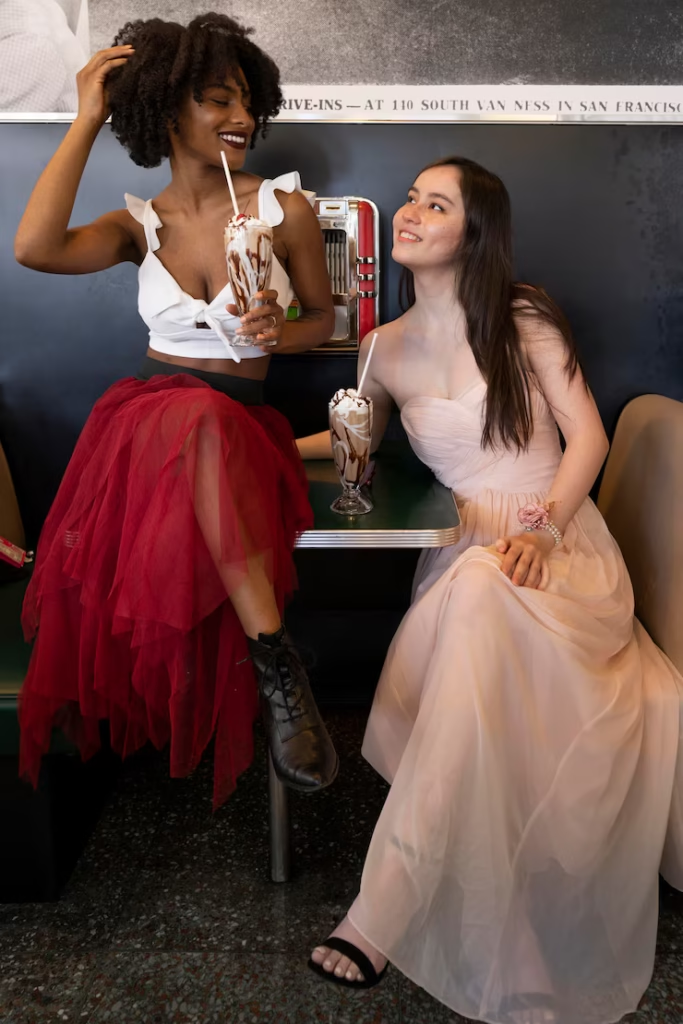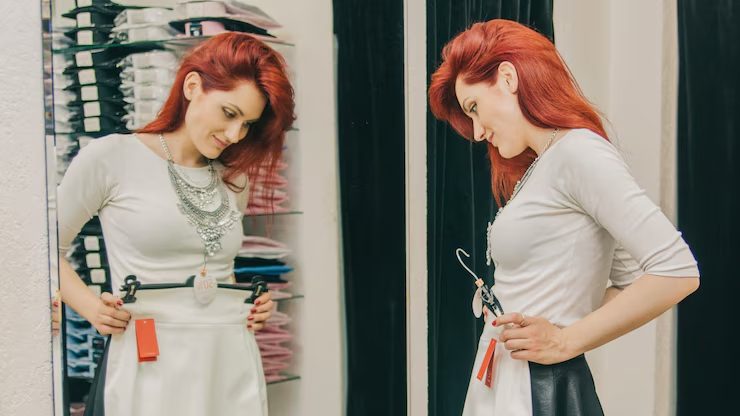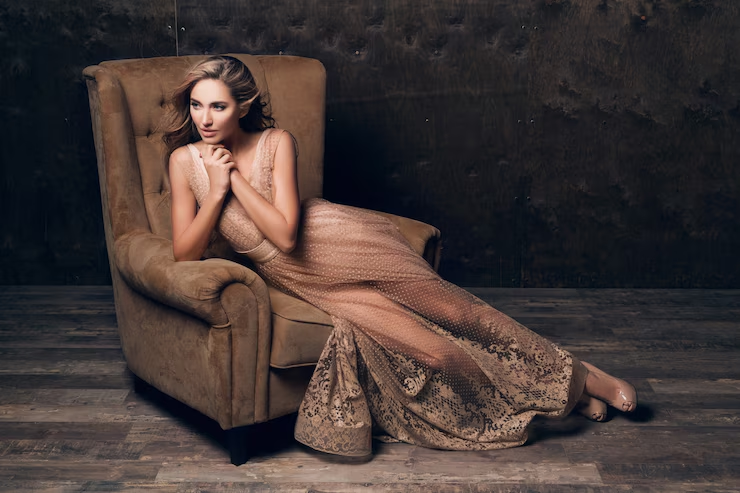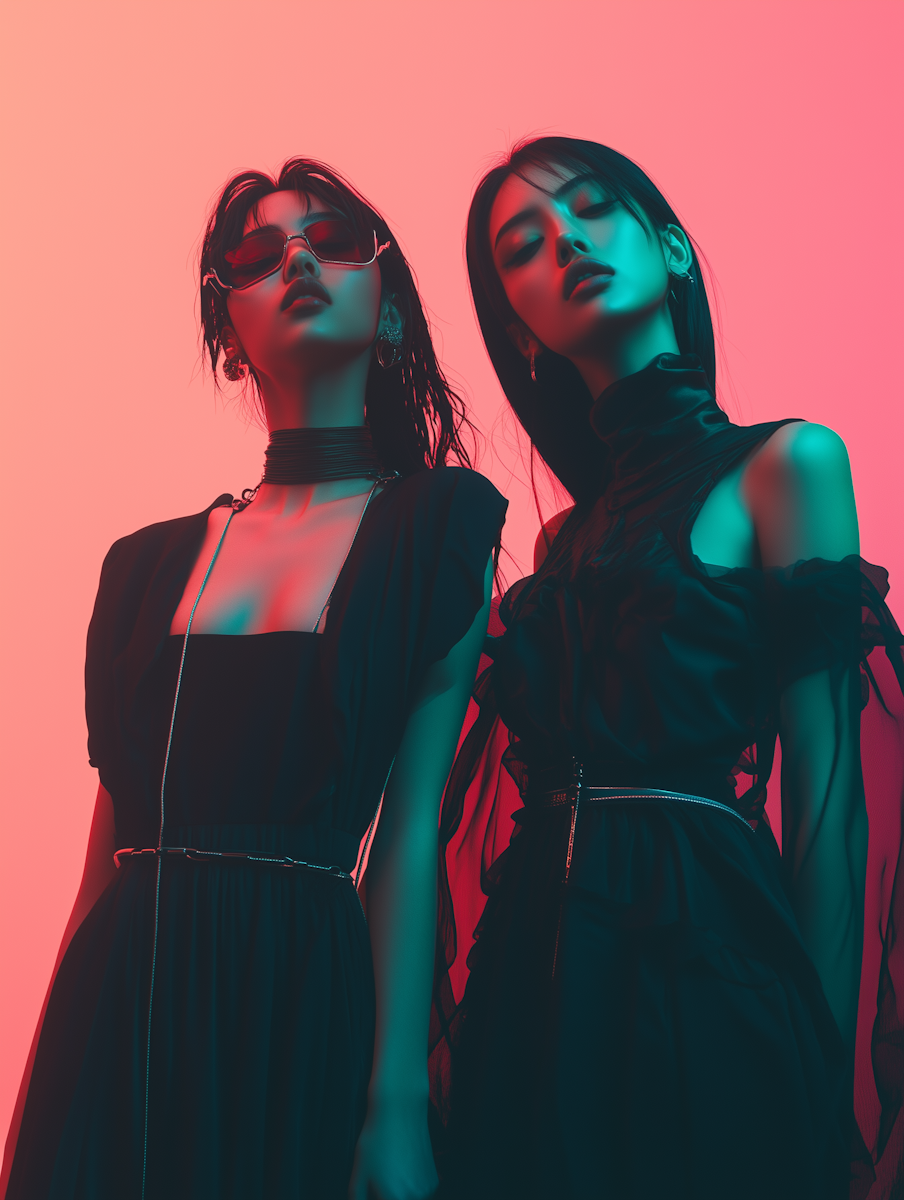Table of contents
Fashion is not just about clothes; it’s a language that speaks to culture, innovation, and identity. Two of the most talked-about segments in the world of high fashion are Haute Couture vs. Ready-to-Wear Fashion — terms that are often used but not always fully understood. Whether you’re a fashion enthusiast or someone curious about how fashion operates on a global scale, understanding the distinctions between these two categories is essential.
Let’s dive into what truly separates Haute Couture vs. Ready-to-Wear Fashion, why each has its own unique role in the industry, and what makes them iconic in their own ways.
What Is Haute Couture?

Haute Couture, which translates to “high sewing” or “high fashion” in French, is the pinnacle of luxury fashion. These are custom-made garments designed for private clients with exacting specifications. Every piece is handcrafted using the finest materials, requiring hundreds — sometimes thousands — of hours to complete.
Haute Couture is regulated by the Chambre Syndicale de la Haute Couture in Paris, and only a handful of fashion houses like Chanel, Dior, Givenchy, and Schiaparelli have the right to use the term legally.
Key Characteristics of Haute Couture:
- Made-to-measure for individual clients
- Utilizes premium materials and craftsmanship
- Often involves hand embroidery and complex techniques
- Limited production — often one-of-a-kind
- Prices can reach six figures or more
Haute Couture is not just clothing — it’s wearable art and a celebration of fashion’s most creative and technical expressions.
What Is Ready-to-Wear (Prêt-à-Porter)?

Ready-to-Wear, or Prêt-à-Porter in French, is the bridge between exclusive luxury and mass fashion. These clothes are designed in standard sizes and produced in factories, making them more accessible to the public — though many top designers still produce high-end ready-to-wear collections.
Unlike couture, ready-to-wear is not customized, but it still reflects current fashion trends and designer creativity. Brands like Gucci, Prada, and Alexander McQueen showcase their prêt-à-porter lines during major fashion weeks.
Key Characteristics of Ready-to-Wear Fashion:
- Produced in bulk in standard sizes
- Designed for seasonal collections
- Sold in retail stores or online
- More affordable than haute couture
- Can still involve high-quality materials and design
Ready-to-wear is the heartbeat of the fashion industry — constantly evolving and more commercially viable.
Haute Couture vs. Ready-to-Wear Fashion: Major Differences
| Feature | Haute Couture | Ready-to-Wear |
|---|---|---|
| Customization | Fully custom-made | Standard sizing |
| Production Time | Several weeks to months | Mass-produced in advance |
| Price | Extremely high | Ranges from mid to luxury prices |
| Availability | Private clients only | Publicly available |
| Purpose | Art, innovation, elite clientele | Fashion trends, retail consumption |
The line between Haute Couture vs. Ready-to-Wear Fashion is clear in terms of exclusivity, craftsmanship, and accessibility. One is a symbol of pure artistic expression, while the other fuels the global fashion market.
Why Both Matter in the Fashion Industry

While Haute Couture is not profit-driven (many designers break even or incur losses on these collections), it serves as a creative laboratory. Designers push boundaries, explore ideas, and influence mainstream trends.
Ready-to-Wear, on the other hand, brings those innovations to a broader audience, translating runway drama into wearable, purchasable looks that define everyday style.
Both segments are crucial to sustaining the fashion ecosystem. Haute Couture inspires. Ready-to-Wear delivers.
FAQs: Haute Couture vs. Ready-to-Wear Fashion
A: Mostly, yes. Haute Couture is highly exclusive due to its custom design and high cost. It’s often worn by celebrities on red carpets or wealthy private clients.
A: Yes, many top houses like Chanel and Dior have both Haute Couture and Ready-to-Wear lines, balancing creative artistry with commercial viability.
A: Absolutely. While more accessible than couture, high-end Ready-to-Wear lines can be quite luxurious and are a major part of designer labels’ revenue.
A: True haute couture will be made-to-measure, hand-finished, and often comes with a certificate from the fashion house. It is not available off the rack.
A: Haute Couture sets the tone for fashion innovation. Though not widely worn, it influences everything from Ready-to-Wear lines to bridal fashion and editorial styling.
Final Thoughts
The difference between Haute Couture vs. Ready-to-Wear Fashion goes beyond price and exclusivity. It’s a story of innovation vs. practicality, individualism vs. accessibility, and art vs. commerce. Understanding both allows us to appreciate fashion not only as a consumer product but as a cultural force with artistic and economic dimensions.
Whether you admire the extravagance of couture gowns or shop designer ready-to-wear collections, you’re participating in a fashion narrative shaped by both worlds.





